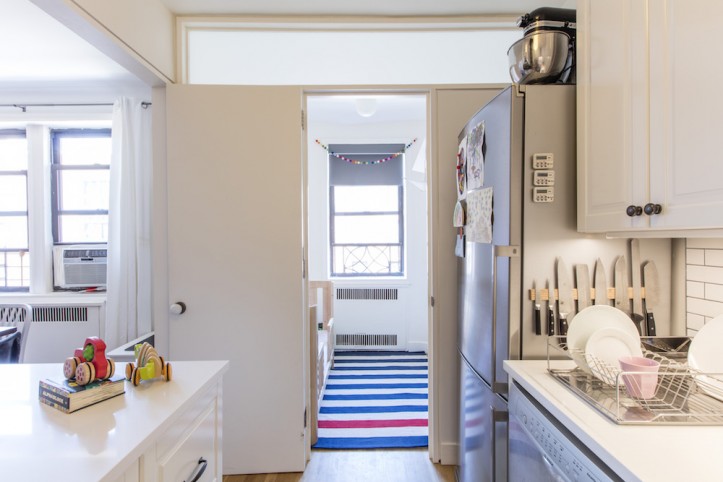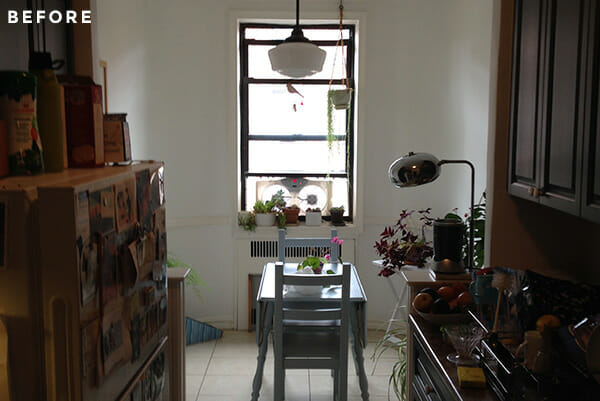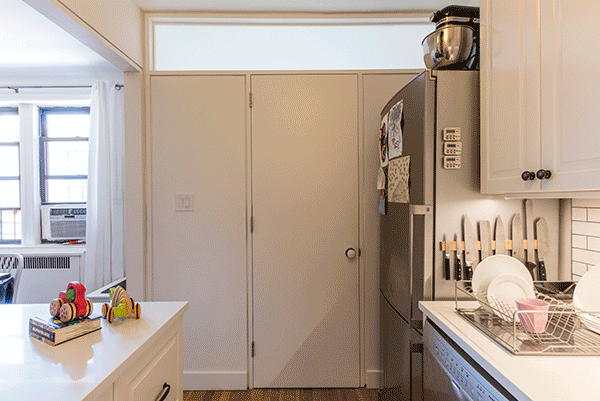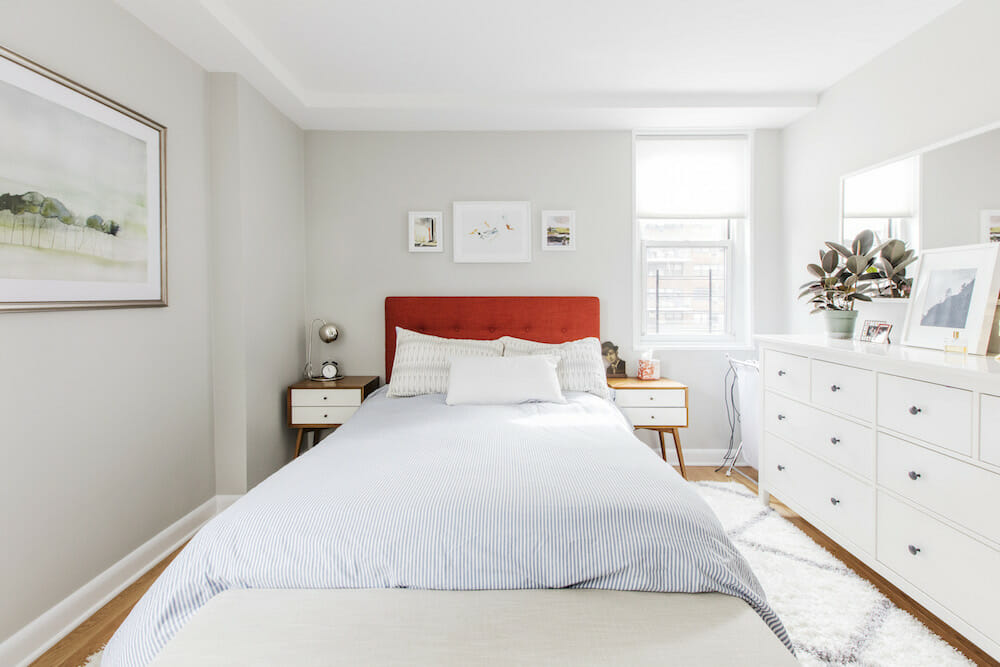What Two Sweeten Renovators Did With Bedroom Space
Given the complexities in trying to define a bedroom, and the reality of severely limited square footage in urban residences, it’s no wonder that many homebuyers are playing around with floor plans rather than sticking to legal classifications for bedroom space. I, for example, sleep quite happily in the basement level of my duplex apartment in a space that is defined legally as “accessory storage.” (Even so, it’s nicer than a lot of other New York City bedrooms I’ve had—it’s got 8.5-foot ceilings, a door, a window, AND a half bath!)
City dwellers often have to tap into their creativity to figure out configurations within limited spaces. Here’s the full story on what constitutes a legal bedroom in NYC—and here are two case studies of what two Sweeten renovators did with their bedroom spaces.
Considerations for buyers and renovators
Chris and Amber came to Sweeten to convert their dining nook into a bedroom for their toddler when they realized a new baby would challenge their ability to continue living with the existing floor plan. The addition of a wall and a door (and some other beautiful updates) made it possible for the young family to stay put in their apartment for a while longer. In doing so, they were able to avoid an expensive move into an even more expensive place, and certainly added to re-sale value in their Brooklyn co-op. Sweeten brings homeowners an exceptional renovation experience by personally matching trusted general contractors to your project, while offering expert guidance and support—at no cost to you. Renovate expertly with Sweeten
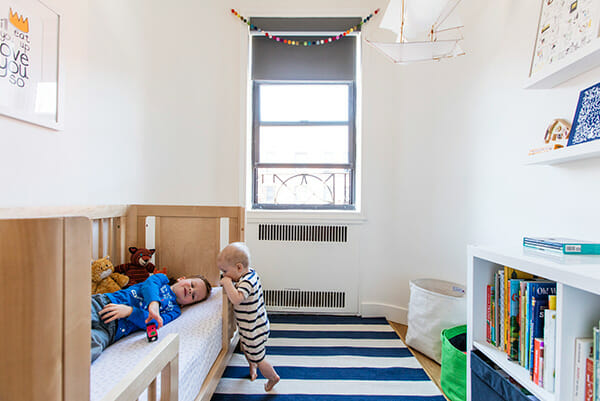
On the other end of the spectrum, Austin, who was able to look past the dingy walls of a Williamsburg fixer-upper, did the opposite: he took down the walls of what was a cramped, “three-bedroom” apartment and created a dream one-bedroom in its place.
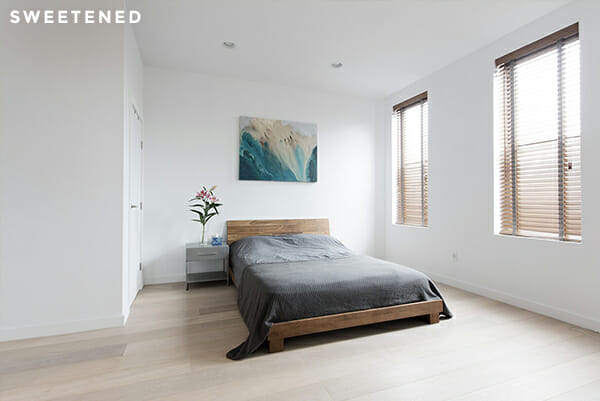
When Austin’s Sweeten project was featured on Apartment Therapy, however, many commenters argued that there was a big problem with his approach: he reduced the number of bedrooms from three to one.
While it’s easy to understand the logic of adding bedrooms, reducing their number is much more controversial! Apartment Therapy commenters jumped in to debate the potential impact on resale value; yet, as others pointed out in the comments, the existing bedrooms were so tiny, they may have been illegal to begin with. One of the three, clearly doubling as a hallway, was a definite no-go, and the dimensions of another were probably under city housing requirements. So Austin didn’t really take a three-bedroom down to a one-bedroom because he probably didn’t have a legal three-bedroom from the start.
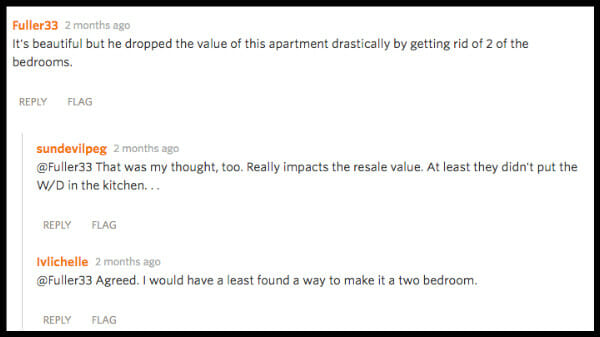
As a potential homebuyer, you can start by asking yourself whether it matters to you how many legal bedrooms are in an apartment. Increasingly, homebuyers are often willing to accept offices, dens, lofted spaces, or accessory storage (as I did) as bedrooms. While it is true that, upon resale, you will have to market the place based on the number of legal bedrooms, the current sellers are probably facing the same constraints. That is to say, a 1,000 square foot one-bedroom (convertible to two) will likely list for less than a 1,000 square foot apartment with two legal bedrooms. Real estate marketing materials will often label spaces with suggested usage rather than a legal definition, however, reflecting the average buyer’s focus on how spaces can be used rather than how they are designated in city and state codes.
Whether you have an opportunity to add a bedroom or are facing the need to remove a bedroom-that-never-was, take look through our guide to legal bedrooms in New York City!
—
Sweeten handpicks the best general contractors to match each project’s location, budget, scope, and style. Follow the blog for renovation ideas and inspiration and when you’re ready to renovate, start your renovation on Sweeten.
